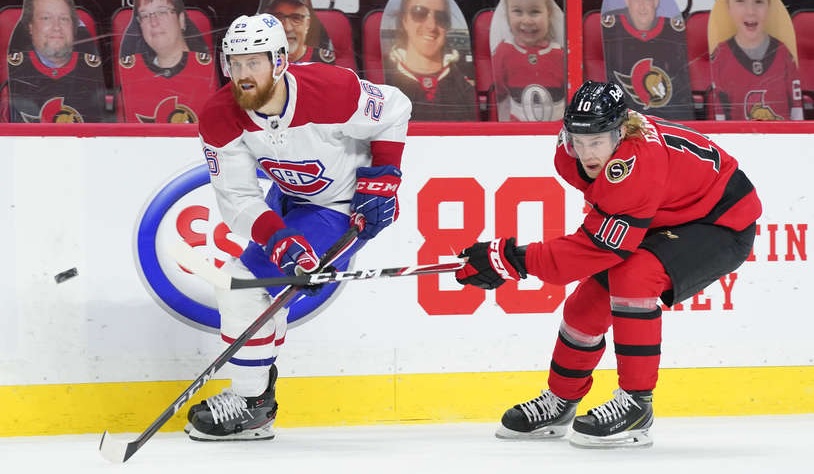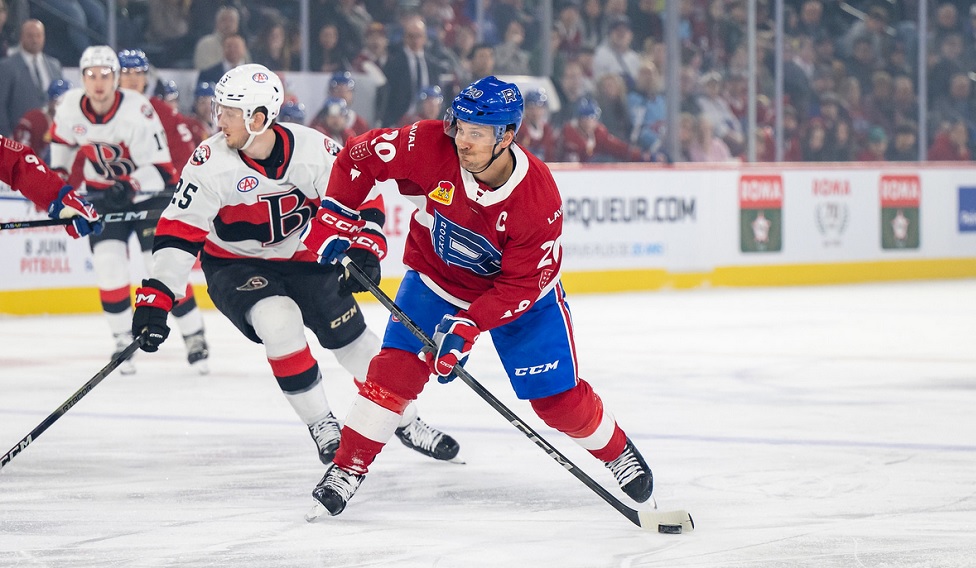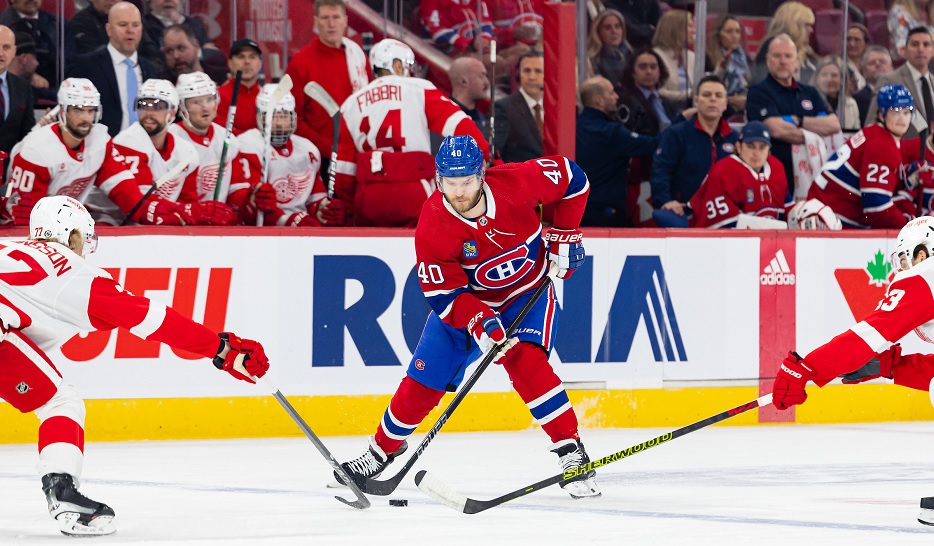HabsWorld.net --
On Sunday, Tampa Bay traded away long-time defenceman Ryan McDonagh to Nashville for next to nothing. While Montreal is willing to move a similar-priced blueliner in Jeff Petry, McDonagh’s trade shouldn’t shape Petry’s trade market.
Both players are at similar stages of their careers. McDonagh is best utilized as a second or third option while the same can be said for Petry, who didn’t exactly handle being Montreal’s top defender particularly well for most of the season. Both carry comparable price tags ($6.75MM for McDonagh, $6.25MM for Petry). They’re only a year apart in age too, Petry is 34 and McDonagh 33. However, while there are some similarities, it’s the differences that better define their trade markets.
Tampa Bay had to move McDonagh in order to be able to afford the seven-year deal they gave Nick Paul and to give them at least a chance of keeping pending UFA Ondrej Palat in the fold. They couldn’t take money back; while Lightning GM Julien BriseBois is saying the right things regarding Phillipe Myers, I’m not convinced they’re holding onto him, not with a cap credit for buying him out next season.
Granted, Montreal’s salary cap situation isn’t much better than Tampa Bay’s but there’s a distinct difference. The Lightning had to trade McDonagh. He was identified as the one to be sacrificed to keep the rest of the core together. The Canadiens want to trade Petry. But if they don’t get a suitable offer, it’s not as if he’s the only veteran that could be sacrificed to get the team closer to cap compliance. Heck, the list of veterans to keep is probably shorter than the list that could be traded which is a vastly different situation than Tampa Bay.
To that end, the Habs can take a contract back to balance out some of the money in a trade. Frankly, that’s likely what will happen in a Petry move. They’ll save a couple million there and move another player or two out to generate the rest of the cap savings. Montreal being able to do that opens up plenty more options on the trade front compared to Tampa Bay who had to take as little money back as possible and literally picked up a player that is worth more on a buyout than on the ice. The number of teams that could take on McDonagh’s contract without any real salary offset was minimal. The number of teams that would take Petry while being able to offset some of the money will be much higher. More options should result in a better trade return for the Canadiens.
There’s also the matter of handedness. McDonagh is a left-shot defender and Petry a right-shot rearguard. The majority of defencemen in the NHL are lefties so the Habs are moving the one that’s a little harder to find. That’s another bump up for Petry’s trade value relative to McDonagh.
The contractual differences also have to be noted. Petry is $500,000 cheaper which helps a little bit as does the fact he only has three years left instead of four. In this flat cap era (which we’ll be in for a couple more years at least), the longer the contract, the lesser the trade value often becomes. It’s also worth noting that Tampa Bay had to overcome a full no-trade clause with McDonagh while Petry has an active trade request and a less restrictive no-trade clause (15 teams instead of 31). Again, more options with Petry and a lower cap hit boost Petry’s value relative to McDonagh’s.
This column isn’t intended to denigrate McDonagh or even try to claim one is substantially better than the other. That simply isn’t true. But even though the two players have similar price tags, are similarly aged, and play similar roles, the market for Petry will be a lot stronger than the return the Lightning were able to get for McDonagh. GM Kent Hughes should have considerably more options on the trade front than his counterpart in Tampa Bay had and if it turns out that’s not the case, we’ll see him in Montreal’s lineup on opening night with the Habs freeing up their cap space a different way which is something that simply couldn’t happen for the Lightning.


